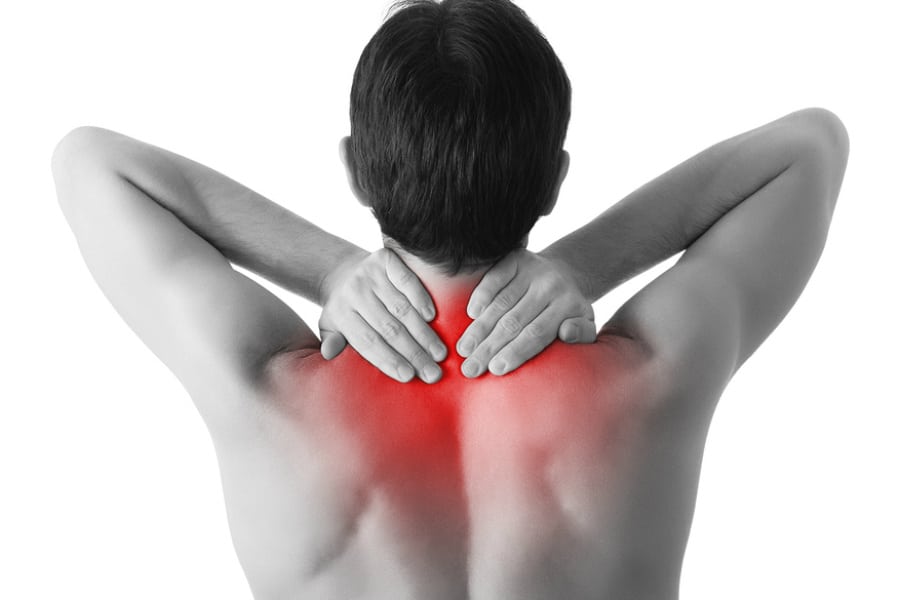BACK & NECK PAIN
Back Pain
Lower back pain, which is frequently associated with a lumbar problem, is the second most common reason many people visit their primary care physician each year. However, the reasons for lower back pain and the therapies for it frequently necessitate the services of neurologists and/or orthopaedic spine surgeons who specialise in spine care.
Lower back discomfort may be caused by an accident or condition that affects your spine, muscles, nerves, or adjacent tissues in your back. In some circumstances, lower back discomfort may be caused by abnormalities in the mid or upper back, or by problems with a hernia or the reproductive organs.

Symptoms of back pain
- Your lumbar disease may manifest itself in a variety of ways, including:
- Feelings of tingling or burning sensation
- Lower back discomfort that is either dull or sharp
- Leg or foot weakness
 ’;
Diagnosis of back pain
A Lumbar illness is diagnosed by your doctor by asking a series of questions to determine the location, kind, and intensity of your pain or discomfort. If home remedies such as cold therapy, modest pain relievers, exercise, or physical therapy do not relieve your symptoms, then additional testing may be required to determine the cause.
Your doctor may use one or more of the following techniques to diagnose your lumbar disorder:
Physical examination to determine strength and mobility
Nerve function is used to evaluate reflexes.
Sensory tests are used to detect potential nervous system problems.
Among the diagnostic tests available are:
- A CT scan
- MRI X-rays of the spine X-ray or CT scan after dye has been injected into the spinal column to detect the damaged site.
Treatment for back pain
To treat your lumbar problem, your doctor will exhaust all non-surgical options, assuring a conservative approach to therapy. Depending on your diagnosis, your doctor may employ one or more of the following treatment methods:
- Anti-inflammatory and muscle relaxants are examples of medications.
- Physiotherapy
- Injections of steroids
- Minimally invasive spine surgery, spinal fusion, and discectomy are all examples of spine surgeries.
Neck Pain
Cervical spondylosis is the most common cause of chronic neck pain. This abnormal wear of the cervical spine, which includes the cartilage, bones, and joints in the neck, can result in nerve root and/or spinal cord injury. In certain situations, the illness also results in irritating or painful abnormal growths on the spine’s bones.

Risk factors for neck pain
Because cervical spondylosis is caused by wear and tear, the most important risk factor is age. By the age of 60, most adults may be diagnosed with the illness using X-rays.
Other risk factors for cervical spondylosis, in addition to older age, include:
- Previous neck injury
- Arthritis is severe.
- Previous to spine surgery
Diagnosis of neck pain
To diagnose your cervical disorder, your doctor may use one or more of the following tests:
CT scan
Electromyography of the Spine (EMG)
After dye has been injected into the spinal column, an X-ray or CT scan is performed.
Symptoms of neck pain
While everyone is affected differently by cervical spondylosis, the following are the most prevalent symptoms:
- Neck pain that may spread to the arms or shoulders
- Neck stiffness that worsens with time Loss or aberrant feelings in the shoulders, arms, and/or legs
- Arm or leg weakness
- Headaches, especially in the back of the skull
- Insufficiency of bladder and/or bowel control
Treatment for neck pain
Conservative, non-surgical therapy is usually beneficial in removing or alleviating the symptoms of cervical spondylosis. Your doctor may suggest any of the following treatments:
- Anti-inflammatory and muscle relaxants are examples of medications.
- Physiotherapy
- Injections of steroids
- spinal fusion, Minimally invasive spine surgery, and discectomy.
If these therapies fail to relieve your pain, or if you have a loss of movement or feeling, surgery may be the next step. In most cases, surgery to cure cervical spondylosis relieves pressure on the nerves or the spinal cord.
Schedule your appointment with KK speciality clinic and hospital for all types of treatment.
